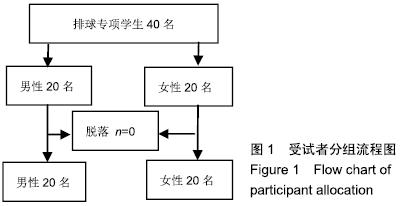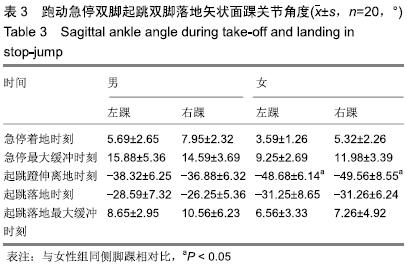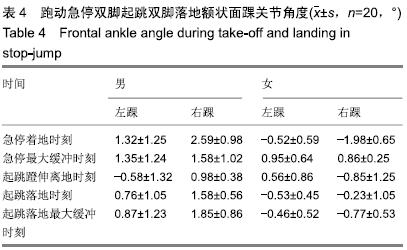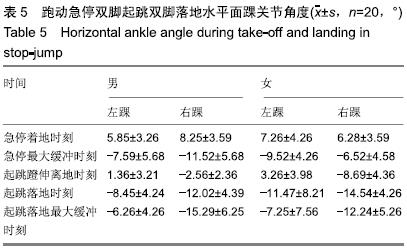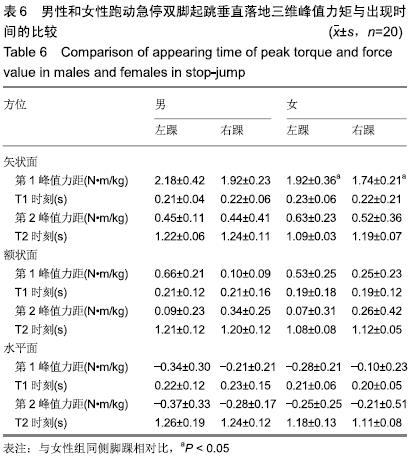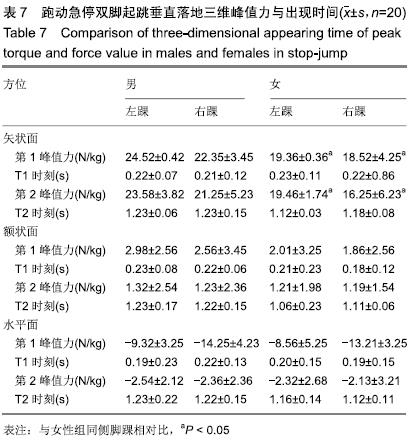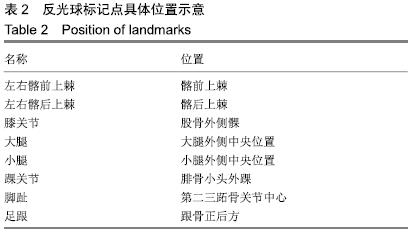[1] 赵勇,王钢.踝关节扭伤的生物力学与运动学研究进展[J].中国骨伤,2015,28(4):374-377.
[2] 魏书涛.落地缓冲地面反力及下肢关节内力变化特征研究[D].曲阜:曲阜师范大学,2007.
[3] 杨琳,梁栋柱等.足部生物力学实验研究进展[J].医学综述,2011, 17(5):712-714.
[4] 秦淑珍,陈兴华,李润,等.人体踝关节跖屈位时光弹性应力实验分析[J].医用生物力学,1998,13(4):200-203.
[5] 杨传铎,杨洪.人体踝关节在跖屈位时光弹性应力试验和临床应用[J].中国矫形外科杂志,2004,1(12):36-39.
[6] FUGL-MEYER AR, SJÖSTRÖM M, WÄHLBY L.Human plantar flexion strength and structure.Acta Physiol Scand. 1979;107:47-56.
[7] 田春宽,徐文泉.踝关节跖屈、背屈肌群的生物力学研究进展[J].北京体育大学学报,2005,28(11):1527-1529.
[8] KUITUNEN S, KOMI PV, KRYOLAINNEN H. Knee and ankle joint stiffness in sprint running. Med Science Sports Exerc. 2002;34(1):166-173.
[9] 王海军.25-27岁肥胖青年自然行走时运动生物力学研究[D].长春:东北师范大学,2010.
[10] 程鹏.高低帮篮球鞋对下肢生物力学特征的影响[D].北京:北京体育大学,2010.
[11] 郭权,柴全义.影响男排运动员单脚起跳效果的主要因素[J].上海体育学院学报,2003(2):28-32.
[12] YEOW CH, LEE PVS, GOH JCH.Effect of landing height on frontal plane kinematic,kenetic and energy dissipation at lower extremity.J Biomech.2009;42(12):1967-1973.
[13] 苏健蛟,李大龙.鞭腿击打不同类型目标支撑腿踝关节运动危险性的生物力学分析[J].山东体育学院学报,2015,31(5):62-67.
[14] 谷昱良.体育学院大学生踝关节内翻扭伤的足底动力学研究[J].东北师范大学学报,2008,28(2):191-193.
[15] MADIGAN ML.Changes in landing biomechanics during a fatiguing landing activity.J Electromyogr Kinesiol. 2003;13(5): 491-498.
[16] IIDA Y, KANEHISA H, INABA Y, et al.Activity modulations of trunk and lower limb muscles during impact-absorbing landing.J Electromyogr Kinesiol.2011;21(4):602-609.
[17] CHU VW, FONG DT, CHAN YY, et al.Differentiation of ankle sprain motion and common sporting motion by ankle inversion velocity.J Biomech. 2010;43(10):2035-2038.
[18] 高丕明,罗小兵,虞亚明等.慢性踝关节不稳患者三维步态动力学特征[J].中国运动医学杂志,2019,38(3):182-186.
[19] 张帆,王竹影,吴志建,等.踝关节稳定程度差异对侧跳落地缓冲模式影响的研究[J].中国体育科技,2019,55:1-18.
[20] 宋法明,王纯.功能性踝关节不稳者斜面着地动作的生物力学特征[J].中国组织工程研究,2018;22(27):4380-4386.
[21] 张帅.踝关节不稳者疲劳前后下落着地动作的生物力学特征[D].苏州:苏州大学,2017.
[22] 胡靓.两组不同专项的女性运动员在落地和跳深动作中的生物力学差异研究[D].上海:上海体育学院,2016.
[23] 尹彦,罗冬梅,刘卉等.功能性踝关节不稳者姿势稳定性的研究进展[J].体育科学,2016,36(4):61-67.
[24] 闫亚新,杨建全.功能性力量训练对大学生慢性踝关节不稳的康复研究[J].中国临床研究,2017,30(2):245-247.
[25] 于梅君.踝关节本体感觉训练对预防北京体育大学足球校队踝关节损伤的影响[D].北京:北京体育大学,2016.
[26] 贾嘉琳,王厚雷.篮球运动踝关节损伤的原因及预防研究[J].福建体育科技,2016,4:31-33.
[27] 刘子瑞,篮球运动中踝关节损伤的原因分析及预防[J].青少年体育,2017,2:95-97.
[28] 张鹏.身体训练的科学基础[J].教育科学学刊,2012,32:158-159.
[29] 潘贵超,温建民,潘贵春,等.踝关节跖屈、背屈运动的研究[J].中国骨伤, 2007,20(2):82-83.
[30] 成万祥,魏书涛,张胜年.人体不同高度下落地面冲击力及下肢关节肌力矩变化特征研究[J].成都体育学院学报,2010,36(3): 54-58
[31] 杜洁,王海英,孙立娟.普通男大学生关节相对峰力矩与蹲跳高度的关联分析[J].中国组织工程研究与临床康复,2007,11(26): 5129-5132.
[32] DEVITA P, Skelly WA.Effect of landing stiffness on joint kinetics and energetic in the lower extremity. Med Sci Sports Exerc.1992;24(1): 108-115.
[33] 颜明明.复合运动中踝关节受力的生物力学特征分析[D].天津:天津体育学院,2015.
|

